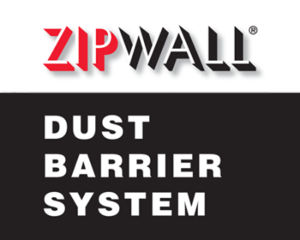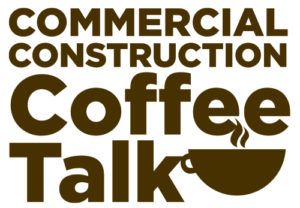Due to the nature of construction, valuable assets like heavy machinery, specialized tools, or expensive hand tools are often left on jobs that are in progress. Comprehensive asset management is especially crucial for construction firms to prevent work sites from becoming attractive targets for thieves.
To safeguard your equipment on large job sites, you must overhaul how you view security.
Tracking Systems for Real-Time Asset Monitoring
Tracking systems pinpoint equipment location and status, providing crucial data for large-scale site management. Judicious asset management shifts guesswork to informed precision with real-time tracking systems. These tools map equipment locations, monitor usage patterns, and flag irregularities, transforming how construction firms control their resources on expansive sites.
GPS-Enabled Equipment Tracking
GPS technology empowers construction managers to track equipment location, when equipment is used, and maintenance schedules. GPS tagging is invaluable for monitoring heavy machinery or work vehicles on large sites with multiple access points or stationed at remote work sites.
RFID Technology for Tool Management
Smaller equipment like power tools can be equipped with Radio Frequency Identification (RFID) tags to track usage and location. Scanners are used to pass ownership of and track the tagged items as they find their way around a large job site, different teams, or even multiple work sites.
Enact Robust Security Protocols
Security protocols shield construction assets from external threats like thieves and internal mishandling. These measures restrict access, monitor site activity, and enable swift responses to breaches, forming a multi-layered defense for valuable equipment. More stringent security protocols might include hiring a security coordinator, implementing access control, or installing surveillance systems.
Hiring a Security Coordinator
A dedicated security coordinator centralizes asset protection efforts. These highly specialized roles oversee the implementation of security measures, manage guard schedules, and liaise with local law enforcement in response to incidents. The coordinator also regularly conducts risk assessments to test current security measures.
Access Control Measures
With one in ten burglars estimated to enter through inadequately secured garage doors, it’s more imperative than ever for construction firms to secure access points. There are many ways to boost garage security, but automatic opening is essential. Place motion sensors around the perimeter and ensure all doors are always locked.
Surveillance and Monitoring Systems
Firms considering surveillance monitoring systems should know that they’re more than just cameras these days. Surveillance cameras on construction sites and workshops can automatically scan for authorized and unauthorized license plates, track employee safety adoption, and drastically slash incident response times.
How Staff Enhances Site Security
Construction firms rely on staff to protect tools and machinery on the job. Oftentimes, their presence alone can deter theft, but they’re also responsible for monitoring operations and enforcing the security protocols you set up. Better-trained workers lock up equipment after use and report any irregularities, reducing the risk of theft.
Building a Security-Conscious Culture
Site-wide vigilance forms the foundation of effective asset protection, and your workforce acts as the backbone. This mindset takes more than just training; it demands continuous engagement and clear communication from leadership.
- Recognize staff who consistently follow security protocols with praise, increased responsibility, or other rewards;
- Establish reporting channels for suspicious activities like workers that try to take tools home;
- Create an equipment check-out system with follow-ups as necessary to track the responsibility of tools/equipment.
To get workers on board, leaders should model security-conscious behaviors in their everyday routine and encourage others to follow suit. Small, meaningful changes build up over time, so don’t feel that you need to make immediate, sweeping changes for tangible progress.
Regular Safety Training and Drills
Consistent safety training keeps staff apprised of new changes while reaffirming your mission to become more security-minded.
Start upgrading your staff safety with the following training ideas today:
- Schedule monthly sessions covering equipment handling, storage procedures, and incident reporting;
- Rotate training topics to cover various aspects of site security, from tool tracking to visitor management;
- Conduct surprise drills simulating theft attempts or unauthorized access.
Frequent training and drills make safety a shared responsibility and instill a collective and proactive approach to security that doesn’t weigh too heavily on any single individual.
Final Thoughts
Protecting your most sensitive and valuable construction assets requires a holistic attitude toward physical security. Tracking systems protect items with proper vigilance, security protocols shape a company-wide approach to security, and continuous education on security forms a more aware workforce.

























